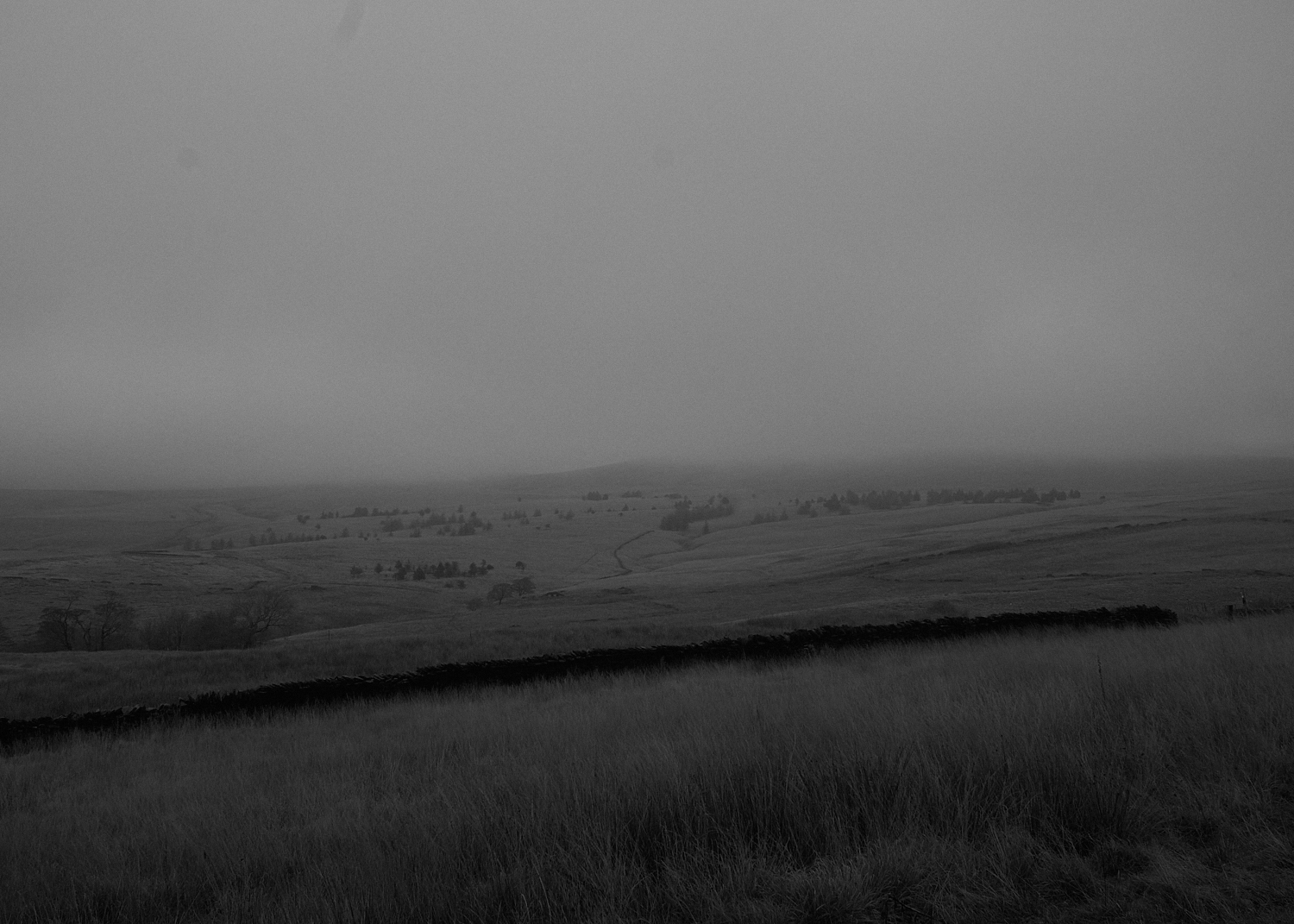
Interview Conceptual
Rain continues to fall
British photographer Dom Ashton started photographing landscapes as a means of escape for his mental issues, but it also turned into a contemplation on how we handle the environment.

- Tell us a little about your background – what path led you to becoming a photographer, and to doing what you’re doing today?
I grew up in the North West of the UK, mostly in a village in semi-rural Cheshire. I didn’t really have an interest in photography growing up, I was more into music and playing in bands, I went to London to study music at university when I was 19 however I had quite a bad time and returned home after a couple of years. I started to photograph using disposable film cameras during this time, and eventually moved on to SLR’s that I basically just used to take photographs of sunsets, as I’m sure lots of people do when they begin photographing. I got more and more involved in the film photography scene on instagram and this exposed me to other photographers who I suppose showed me what photography can be, more than just pretty landscapes in nice light.
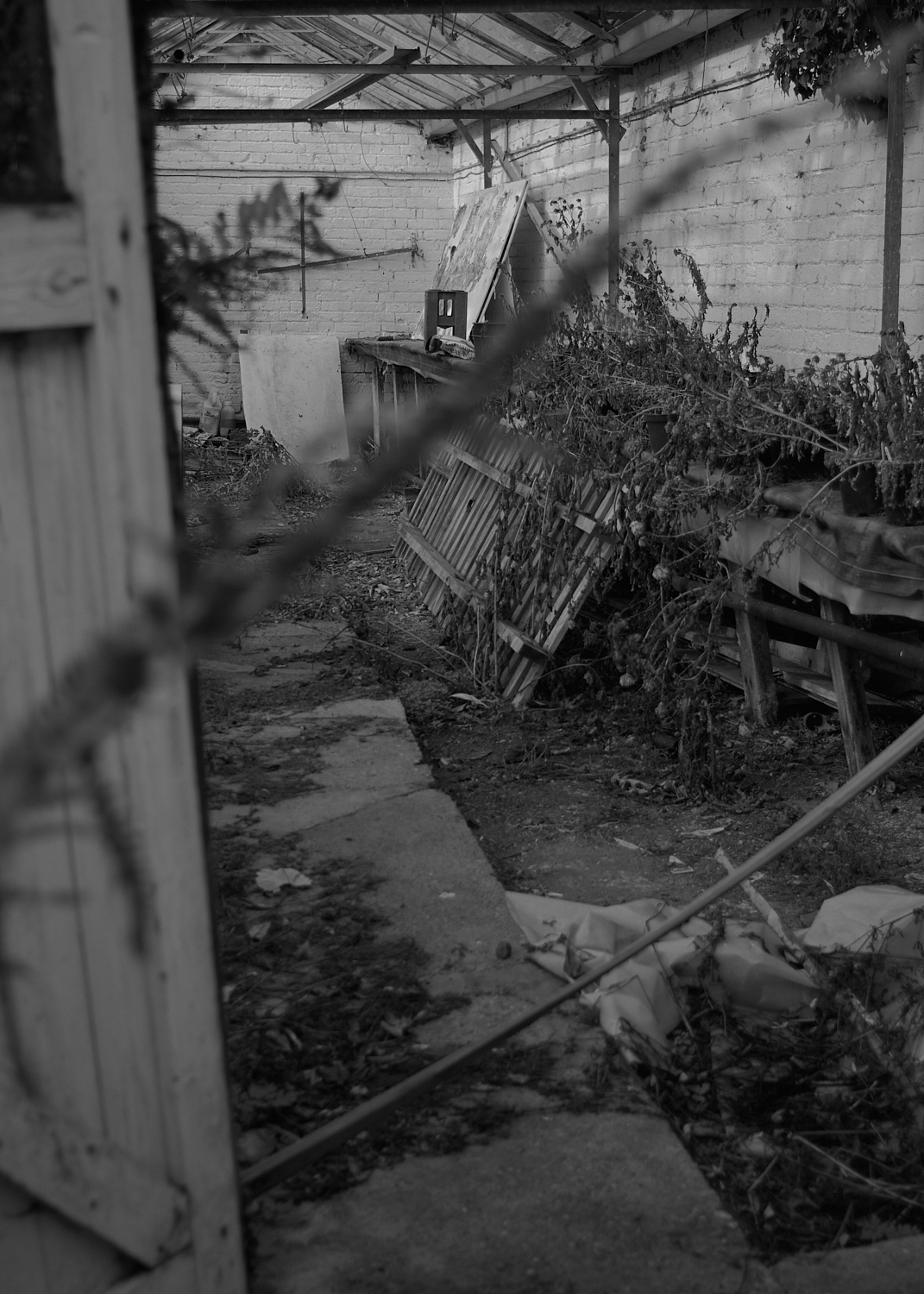
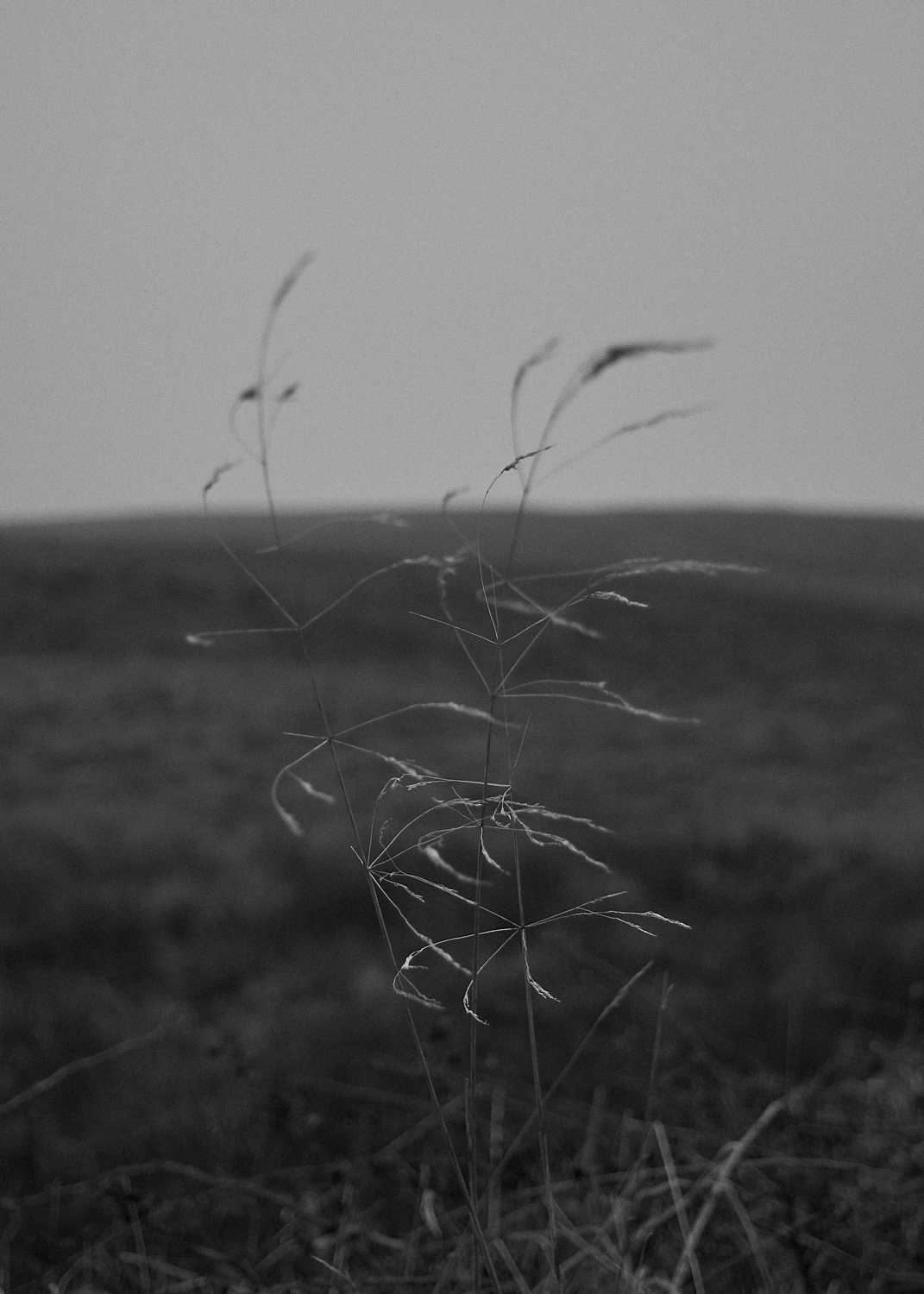
- Can you tell us a bit more about the project ‘Rain continues to fall’?
It’s something I started making in around 2021, not that I realised it at the time, but the oldest images currently included in the series are from that period. In a sense it’s quite a personal project. During the time I have been making the work, my mental health has been through ups and downs, but I’ve found that being in a natural environment has offered a respite from these difficulties, and taking photos enables me to become even more present and connected to the place I am in, and puts me in as close to a meditative state as I’ve managed to achieve. This is something that I think links the images, the mental state I was in when I made them, the immersion in the environment, and I hope this is something that comes across. I also feel that the work represents a contemplation of greater humanity’s connection to the landscape. Especially in the UK, signs of human activity in the landscape is something you can rarely escape. This is something I noticed in the editing process. Often there would be these ghosts of human intervention, even in something as subtle as an image of a moorland. I realise that this landscape wouldn’t exist without the deforestation of the land many centuries ago by human hands, creating this ecological desert and damaging the landscape forever. The harm we can do is something that I think we as a species should be mindful of, not just in large ways like burning fossil fuels, animal agriculture and so on, but in small ways too. The phrase ‘rain continues to fall’ was taken from a video game I used to play, I’ve always thought it sounded quite poetic. In the game mechanics rain falling was always a benefit for some and a detriment to others, much as I feel it is in life, humans tend to dislike the rain, although it is what sustains all life.
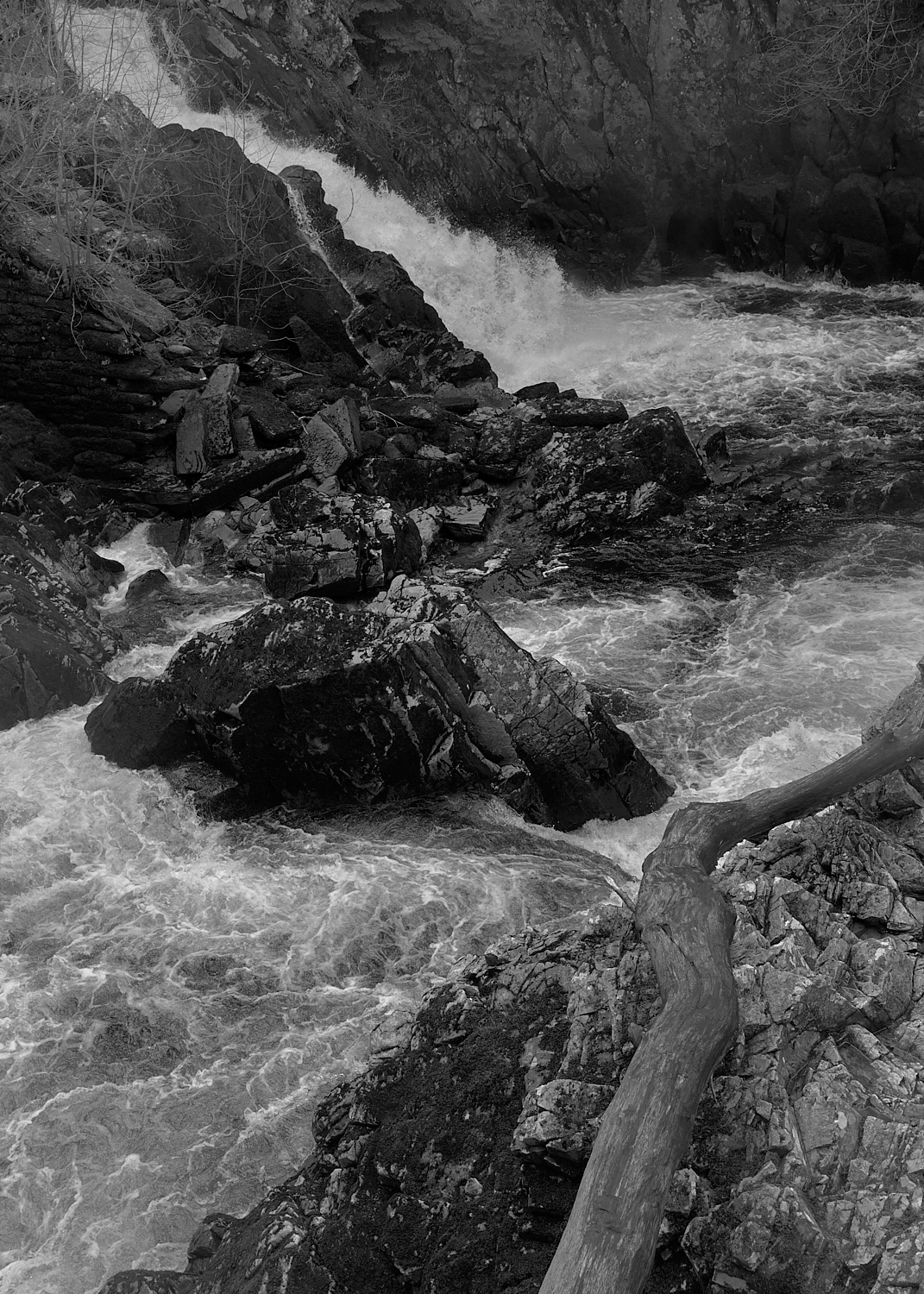
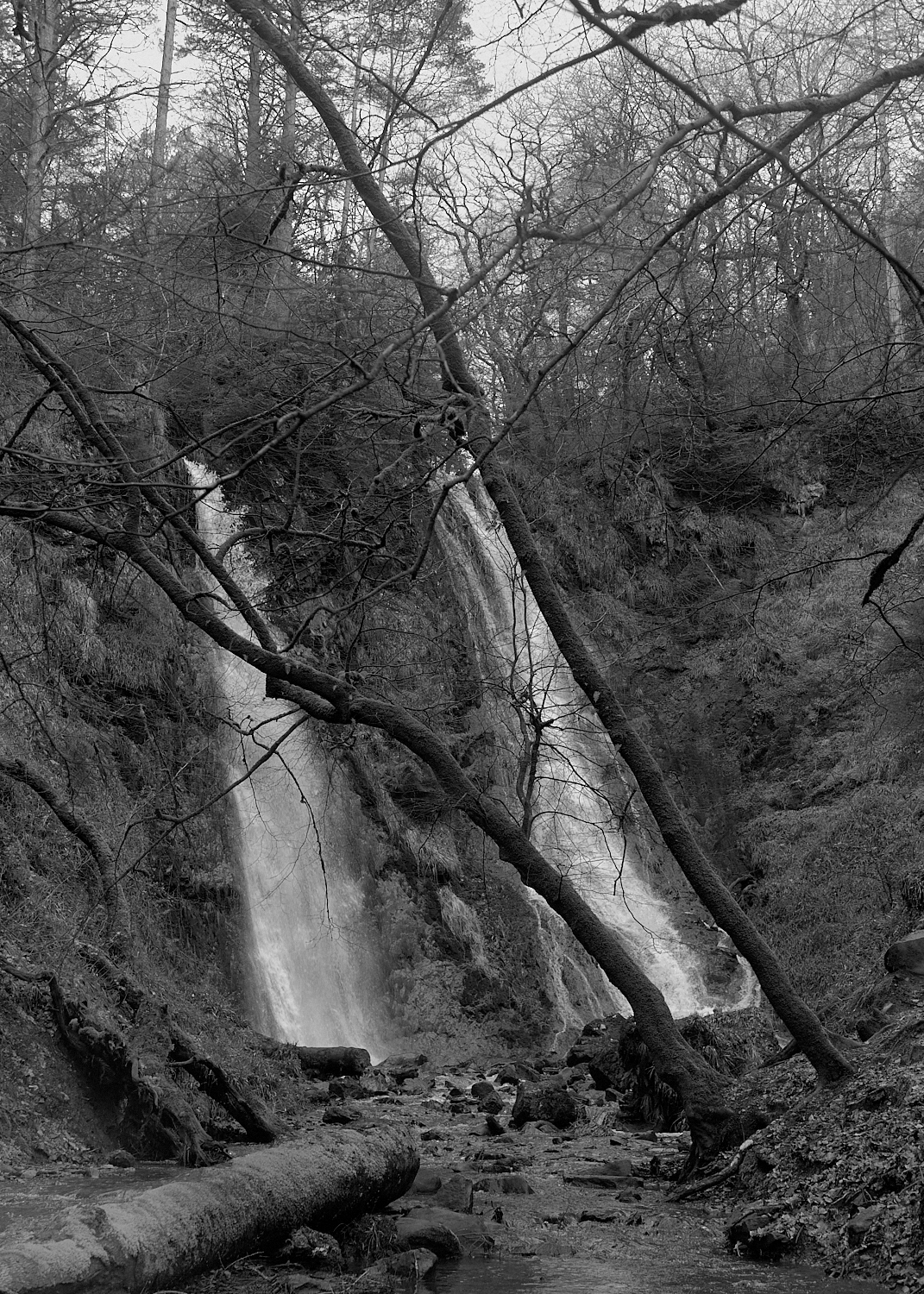
- Tell us about your first camera
The first camera I bought myself must have been a disposable from Boots or somewhere. But the first ‘real’ camera I used was probably a Canon AE-1 Program. I think starting on film made me learn a lot more about photography than if I had just got a digital camera and used it on auto. It forced me to learn about proper exposure, depth of field and so on, and every mistake, of which there were many, cost me money! I’ve never really strayed from Canon 35mm cameras, I still have a few, and I even still use their FD lenses on my digital Fujifilm today.
- What defines a good picture for you? Or what are you looking for in a picture?
I think for me I’m looking for a sense of atmosphere in an image, I like to be able to imagine myself in the scene, hear the sounds and feel the wind. When I’m looking at my own images, I’m not sure if I’m ‘looking’ for anything exactly, I just know when I see a picture that I like, and I’ll often go back to the images I’ve taken on a particular trip several times over a few days, usually my opinions change on what works and what doesn’t.
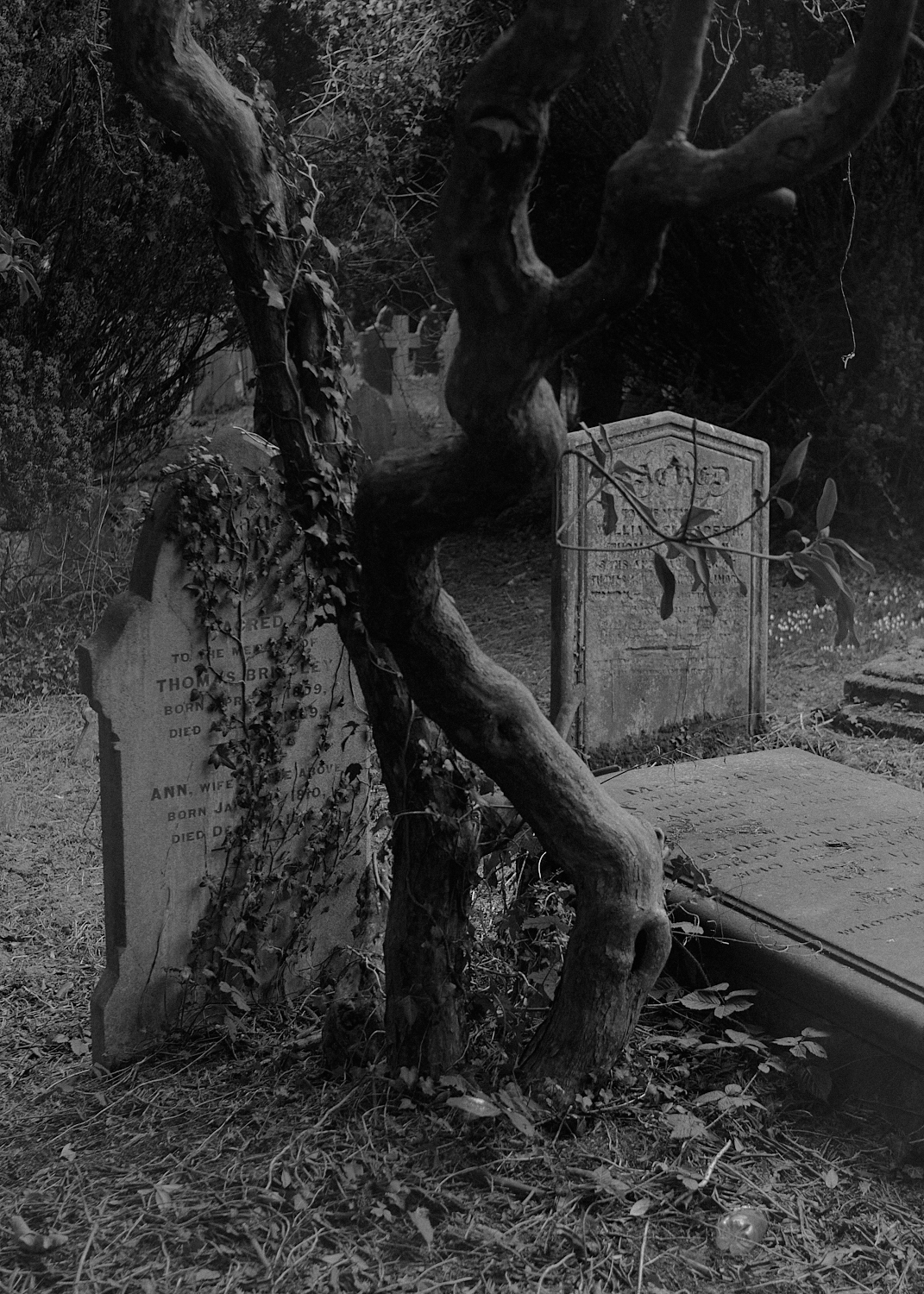
- What makes you photograph in black & white?
I do sometimes take images in colour, although for this project shooting in black and white was something that occurred naturally. I feel as though it conveys the mood in the images in a more pleasing way. There are a lot of images of rock and trees, and other subjects with a strong texture, and I think black and white accentuates this. It also works really nicely with dull light, overcast, rainy or foggy conditions which are exactly what I like to shoot in.
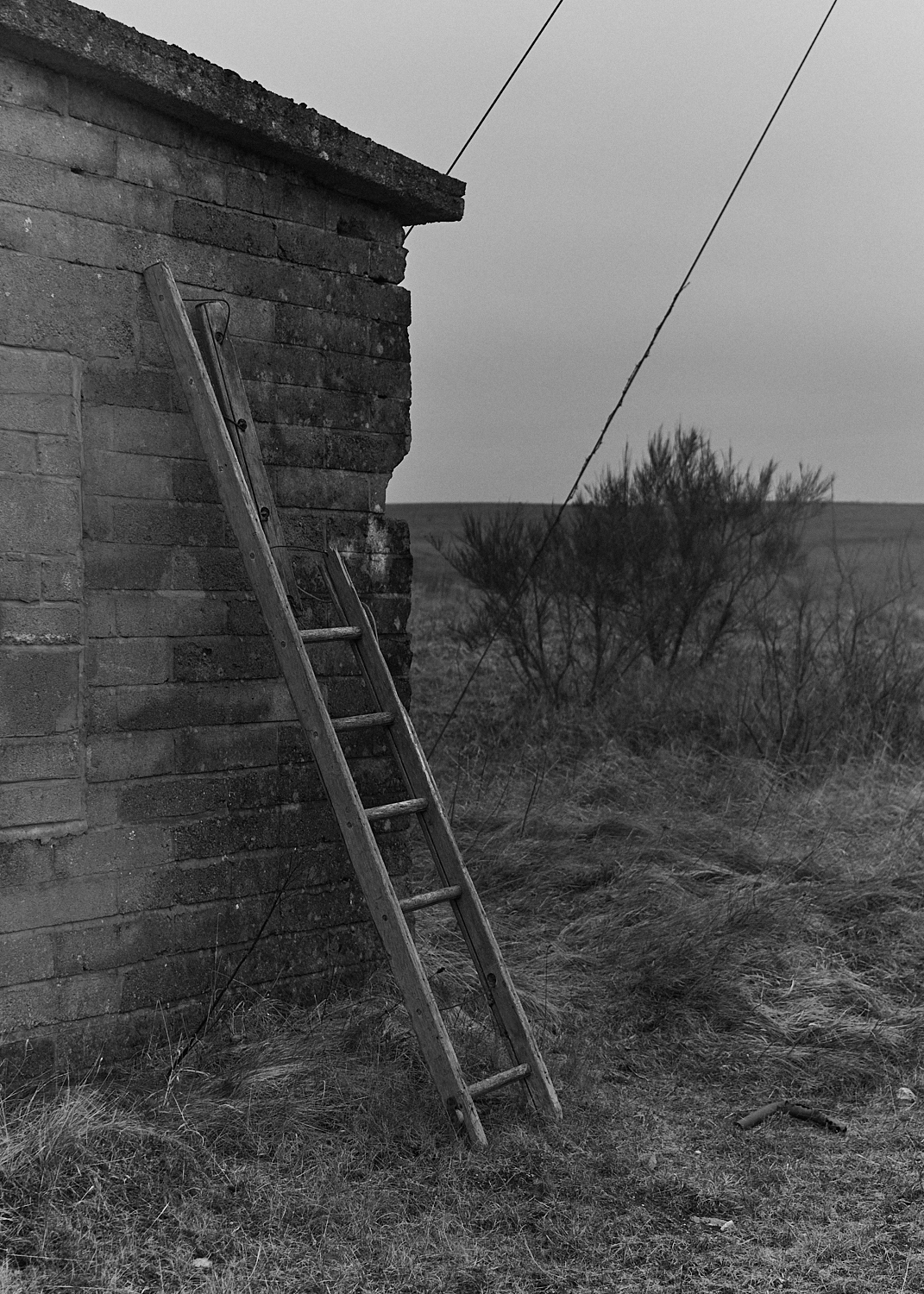
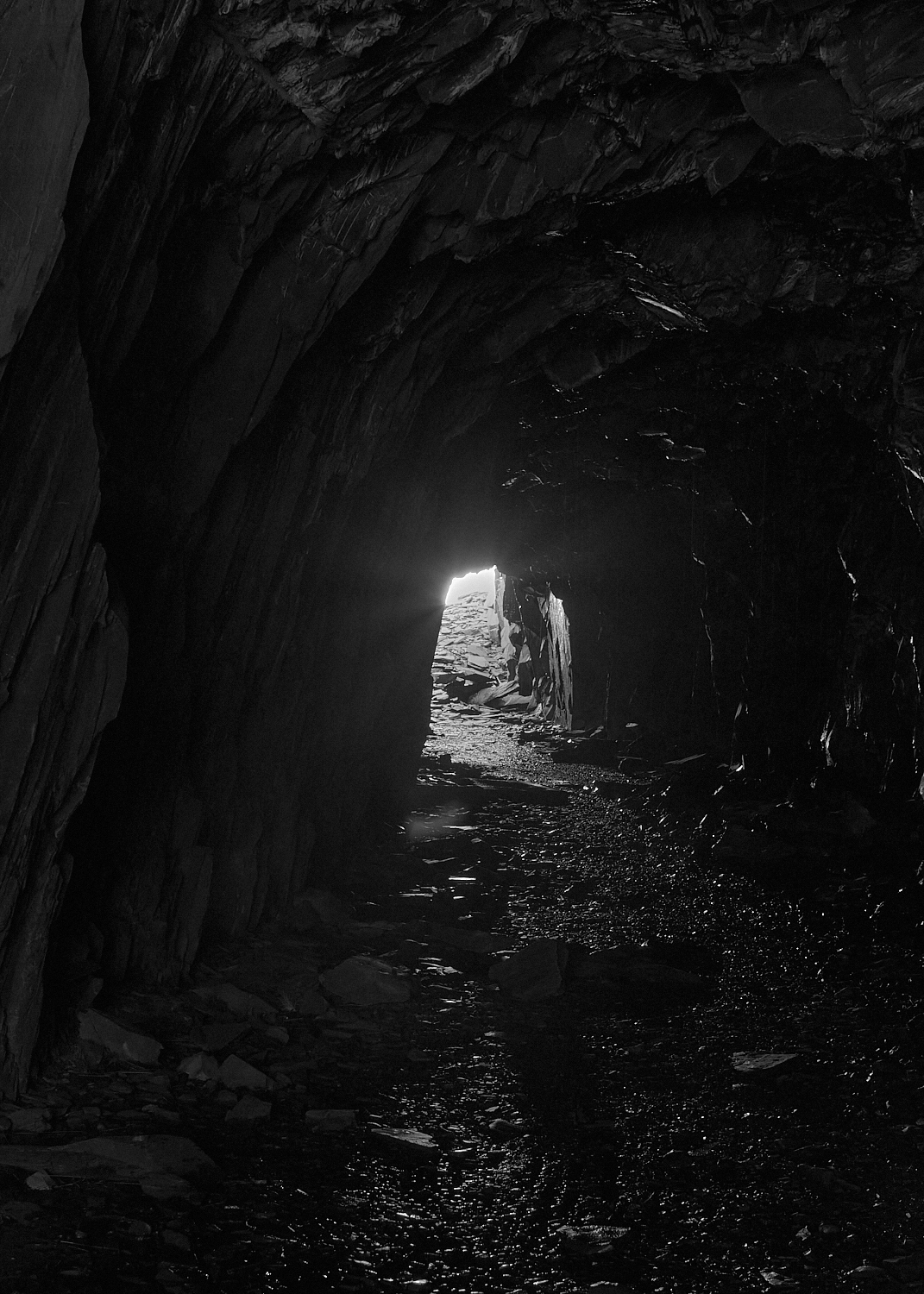
- Which other photographers, designers, artists or creative people are you loving at the moment?
I’m a big photobook fan, the latest one I bought was One Star and a Dark Voyage by Barbara Bosworth, which is an amazing work. Allan Salas, Ron Jude and Robert Darch’s images are a big inspiration to me, as well as Raymond Meeks, I wish I could afford a copy of Halfstory, Halflife! Bryan Schutmaat, Matthew Genitempo are also incredible. I also listen to a lot of ambient music, especially when I’m out taking photographs or editing, and some of my recent favourites have been Richard Skelton, Eluvium and the late Ryuichi Sakamoto.
© Pictures by
Dom Ashton
